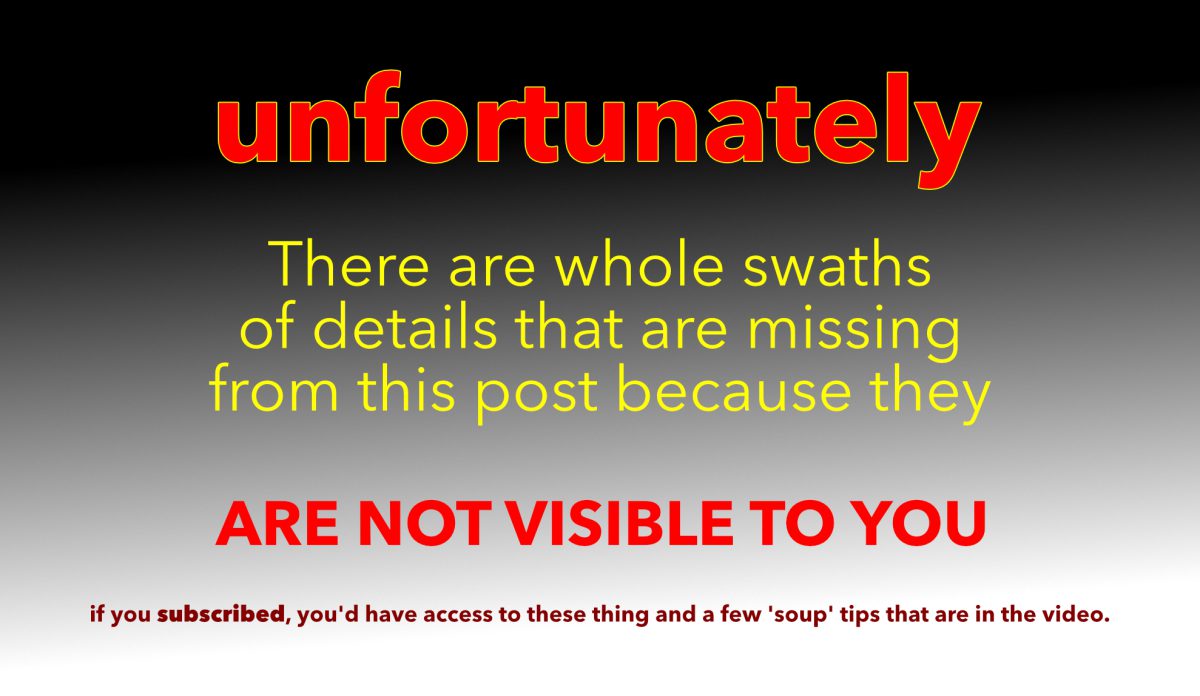The Argentine Calesita. Tango consists, surprisingly so, of an almost dizzying array of ‘steps’ that it quite honestly boggles the mind. Really when you stop and you think about it, it’s just 2 feet, well 4 really, and you can’t even begin to imagine what you could do with 4 feet. The possibilities are nearly endless! Which brings us to Today’s Tango Topic: The Argentine Calesita.
Calesita is not a word that you hear all that often, and quite frankly even if you look it up to translate it, you’ll more than likely be more than a little confused. In the annals of Tango Vocabulary this is one of those things that quite literally have to ask, “What on God’s green earth is a Calesita ?”.
The Argentine Calesita is a type of turn. One of the 8 Types that Tango Topics talks about. 1.) The Follower’s Molinete (open embrace, and close embrace). 2.) The Milonguero Turn. 3.) The Rock Step. 4.) The Ocho Cortado (The Linear Form/The Circular Form). 5.) Argentine Media Luna. 6.) Walking Turns. (El Giro de Caminando). 7.) Colgada Turns & Single Axis Turns. and 8.) The Argentine Calesita.
What is an Argentine Calesita ? The word “Calesita” roughly translates as ‘Carousel’ or in English, a ‘Merry-Go-Round’. Anytime you see a ‘sita’ or ‘cita’ ending on a Spanish word, it means that whatever object is being modified is small, or made smaller, tiny. So this is a small carousel or a small ‘Merry-Go-Round’. The Argentine Calesita is basically a small walking turn! It’s nothing more than a variation on a El Giro De Caminando or The Walking Turn with a ‘twist’, there’s always a twist! So what’s the twist ? Instead of the couple walking in a tiny, tight circle, one partner walks in a tight circle around the other. This is Lead vocabulary as well as Follower vocabulary. Meaning that you shouldn’t necessarily get all persnickety that the Follower alone should do this. Many Leads employ this very useful turn as a way to reposition themselves to do something else. It’s a great navigational tool as well. And, obviously, can be used to Interpret the Music. It’s also not that hard, once you get it through your head that you’re not going to employ the Follower’s Molinete or a Milonguero Turn. The reality of this type of motion for the couple is that unless it’s been led before, the Follower will default to their training. The Lead on the other hand, because this is self-led will have issues in different areas.
One More Thing. This stuff is really not that hard to envision but there’s one overriding reason why we actually want to add this into our dance, and it has everything to do with heat. Heat ? Yes, bodily heat. Typically the dance can generate a lot of body warmth and as such, things can get overheated quite easily. So engaging the Argentine Calesita tends to release that heat trap temporarily. Ok, that’s not a real reason but it sounds like one, no ? A good reason that we want to engage the Argentine Calesita is purely a musical one. A good Calesita can be used in any number of ways to accentuate the upbeat, the downbeat, dropping a beat, playing with 8th or 16th notes (almost patter like). This is the primary reason why we use them!
The Free Tip. There is one thing about the Calesita that has not been mentioned above, and it this: 2 or 3 Millimeters of distance is all that it takes to move a Calesita from usable to undesirable. Meaning that it is all too easy to create a Calesita (from a Leading or Following perspective) that is wholly unstable! The entire video shows you how to correct for this problem.

About The Video. This video is 01h:14m:13s in length in 15 Sections. Both lead and follower technique is combined and integrated in the video.
Section 1 – Introduction – 00:01:10
Section 2 – Caveats – 00:05:35
Section 3 – Lead Set Up – 00:07:01
Section 4 – Lead Forward Calecita – 00:02:49
Section 5 – Follower’s Forward Calesita – 00:07:40
Section 6 – with Close Embrace – 00:05:23
Section 7 – with Milonguero/Lazy Ochos – 00:03:47
Section 8 – Calesita with 2 Turns – 00:03:42
Section 9 – Close Up – 00:05:09
Section 10 – Errors – 00:11:42
Section 11 – Footwork – 00:03:11
Section 12-Follower Technique – 00:05:15
Section 13-Lead Back Step Calesita – 00:05:54
Section 14 – Follower Back Step Calesita – 00:05:13
Section 15 – Closure – 00:00:42

